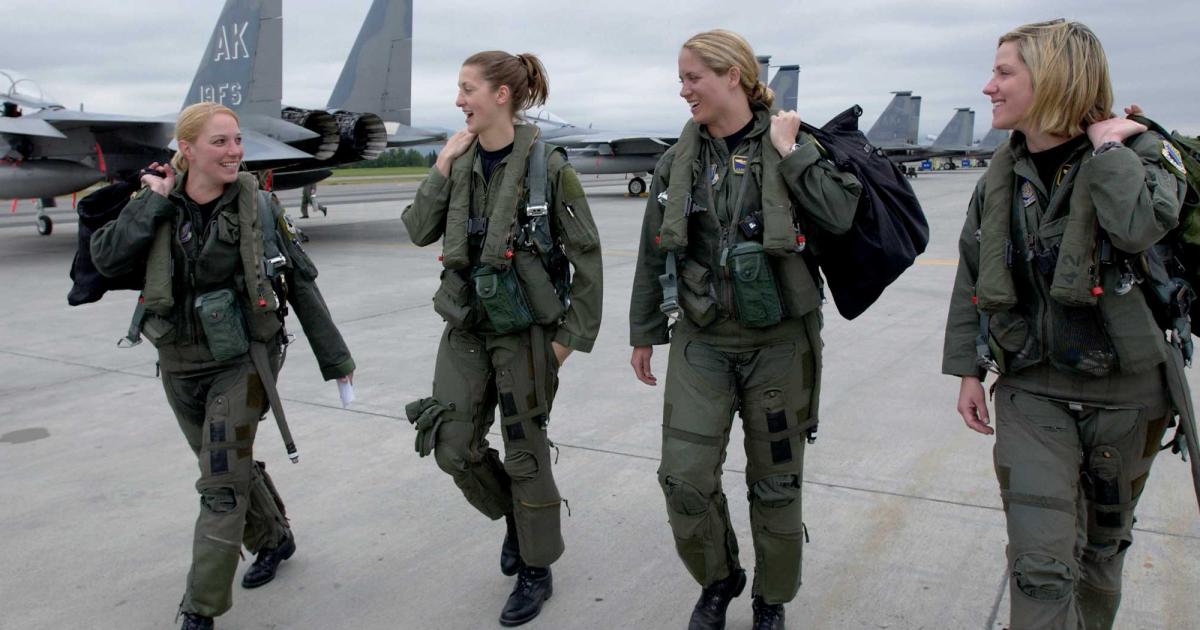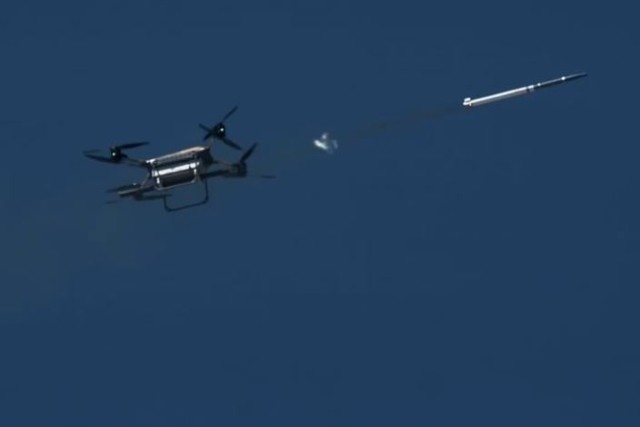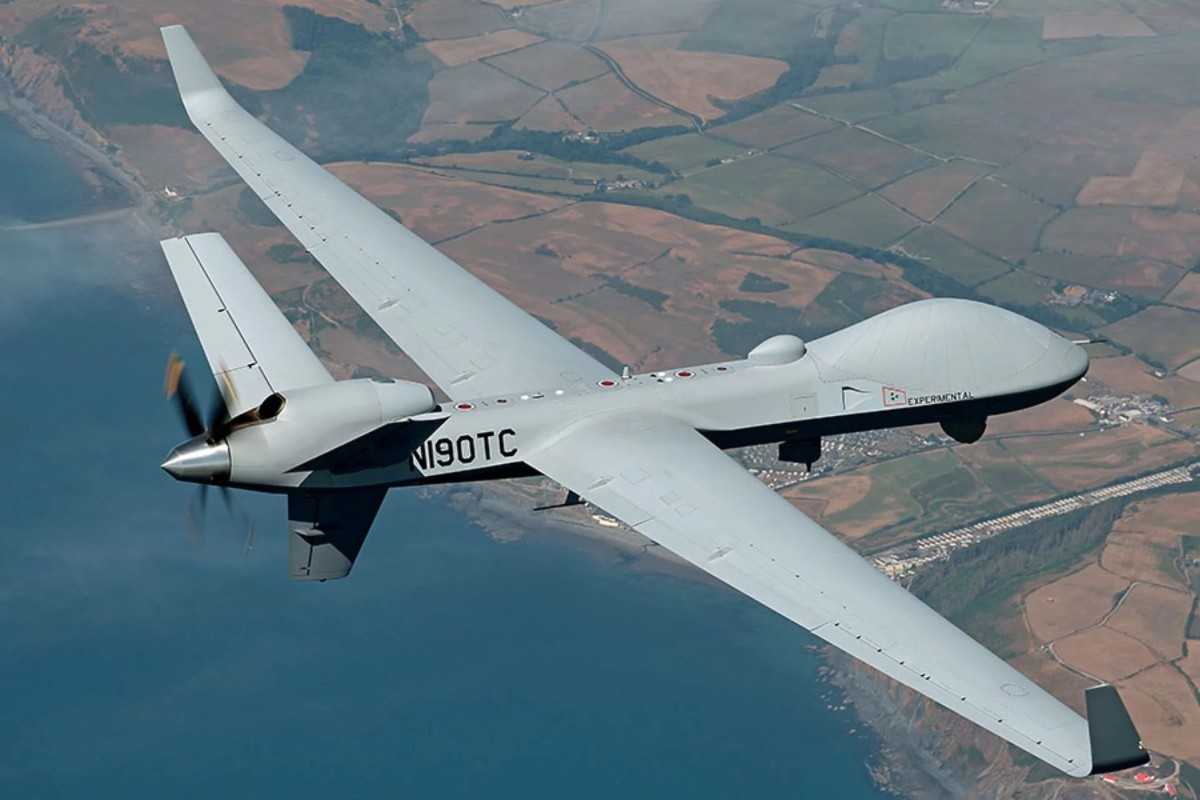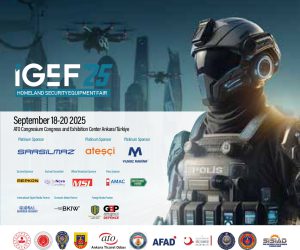Since times immemorial, warrior archetypes dominated the realm of warfare that enshrined the muscular and athletic as supreme assets. This is because survivability on the primal battlefield was often spelled by sheer strength, endurance and size. The well-established cultural framing of war as an inherently masculine pursuit is poignantly observed by feminist scholar Cynthia Enloe as, “War’s masculine birthright is once again ubiquitously assumed; indeed, it is expected that the study of war and its politics must be to a huge degree a study of masculinities”. The root of this perception can be traced to the antiquated attitudes of patriarchy exemplified by Aristotle’s assertion that “the male is by nature superior and the female inferior, the male ruler and the female subject“. Such regressive philosophies have, according to feminist literature, molded the domains of warfare and national security into arenas “coded to privilege traditionally masculine attributes” with women being presented as “beautiful souls” who are not involved in war-making. Consequently, this deep-entrenched bias has produced two-fold results; marginalization of women’s participation due to the perpetuation of a self-reinforcing cycle that labels them unfit for combat roles, and the reinforcement of gendered stereotypes.
Historically, the physical standards seen as benchmarks for combat roles institutionalized masculinized images of warriors. Brute force has been a dominant focal point of conventional warfare tactics and strategies, leading to the reinforcement of the belief that perceived female physical “weakness” is an impediment to frontline combat in battlefields. Consequently, our understandings of war and military have been colored by the association of violence with masculine traits according to feminist scholar J. Ann Tickner, deterring women’s participation in defense sectors. Such rigid gender scripts are challenged by pioneering feminist theorists such as Judith Butler who views gender as a performative act and not a noun in itself, it needs constant “doing”. Warfare’s masculinization becomes a socially constructed narrative open to rewriting when viewed from this lens.
However, these perennial gender dynamics could be disrupted with the immense potential of the rapid advancement of automation technologies, with AI and machine learning at the helm. Warfare is increasingly relying on these emerging technologies that give priority to cognitive skills to excel rather than physical advantages, leveling the proverbial playing field and providing women with tremendous opportunities to excel beyond traditional barriers. This shift in paradigm is more in resonance with the enlightened perspectives such as that of ancient Roman Stoic Gaius Musonius Rufus, who argued that “women’s nature is essentially the same as men”.
The shift from raw physicality to emphasis on cognitive capabilities such as data analysis, problem solving and strategic thinking is driven by the integration of unmanned vehicles, autonomous weapons systems and advanced robotics. AI and machine learning are at the forefront of this revolution since they have turned the focus on pattern recognition, abstract reasoning and the ability to process vast data streams. Research shows that the gender differences in these domains are less pronounced. Feminist sociologist Judith Lorber explains how social institutions (including militaries) have functioned as “gender institutions” that reinforce stratification and inequality, providing further ground for automation’s disruptive potential.
In addition, the physical risks and demands conventionally associated with combat roles are mitigated by the proliferation of automation. Autonomous weapons and remotely controlled systems reduce the need for direct human engagement significantly, contributing to a more equitable landscape for women to participate in operational capacities without being held back by physiological constraints. Additionally, non-combat role allow more flexibility to women to balance careers and families better as compared to the highly rigid traditional military roles.
The rise in use of drones in modern warfare is a compelling exemplification of the equalizing potential of automation. Even though the US military’s fighter pilot corp remains heavily male dominated, with a mere 3% female representation, the gender gap is narrowing among drone pilots operating Remotely Piloted Aircrafts(RPA) . According to FAA statistics, women made up 7.9% of all remote pilots in 2023 and this number increased to 8.39% in 2024. This trend highlights that the transition of warfare towards automated and remotely operated systems like drones will lead to the blurring of conventional barriers hindering women’s participation.
Examples of adoption of automation by various nations further sediment the claim of this equalizing potential. The US has been on the forefront of active initiatives to integrate women in roles related to AI, cyber security and emerging technologies within its defense establishment. The UK is also funding dedicated programs to bolster female representation in defense sectors that are AI and tech-centric. Israel has a comparatively higher percentage of women in combat roles with 92% of all IDF jobs open to women and 34% women are working in the IDF. In addition, Israel is actively integrating semi-autonomous systems like counter-rocket defense such as Iron Dome and loitering munitions such as HARPY in its military operations. The United Arab Emirates is also making concerted efforts to integrate women within its security forces by increasing its reliance on unmanned systems. It is underscored by its adoption of the National Action Plan on Women, Peace, and Security in 2021.
Of course, ingrained cultural biases go beyond the physical conceptions of military roles. According to the International Information System Security Certification Consortium’s Report, currently, women make up around 24% of the global cyber-security workforce feeder .For instance, a study conducted by Tech Talent Charter, illustrated that among women who departed tech careers prematurely by the age of 35, 50 % cited non-inclusive work culture as the main reason pushing them out, ahead of even parental obligations.
Fortunately, some seed best practices are already being observed.
For instance, the US Cybersecurity and Infrastructure Security Agency (CISA) has highlighted a staunch commitment of bridging the gender gap by facilitating women across various domains. The 2023-2027 Department of Defense Cyber Workforce Strategy and Biden-Harris Administration’s National Cyber Workforce and Education Strategy (NCWES) are further positive initiatives. A sizable 55 percent of the professionals in Israel’s vaunted Tech Unit 8200 of cyber warfare and intelligence experts are women – standing as a landmark example of how active recruiting and non-gendered competency coding can shatter the glass ceilings.
Nations that have the image of being opaque about gender representation in their armed forces such as China and Russia are also making significant investments in automated weapons capabilities. The rapid advancements made by China in unmanned aerial, ground and maritime systems, in addition to its emphasis on AI enabled decision- making could open avenues for women’s ascent to leadership positions if the structural gender barriers are addressed. Russia’s pursuit of automated missile defense system and gradual increase in female recruits since the war in Ukraine could ensure greater gender equality.
It is essential to recognize that gender biases in warfare cannot be dismantled by automation alone. Technology is not gender neutral and it is a reflection of gender relations, which it reproduces too. Efforts like inclusive policies, educational initiatives, supportive environment, and mentorship programs are critical for harnessing the maximum potential of automation. Furthermore there is a need of thorough examination of the ethical implications of warfare’s increased automation such as transparency, algorithmic bias and accountability. Ethical principles, human rights and international law should be prioritized in the development and deployment of these systems. In conclusion, to fulfill automation’s potential as an equalizing force, it is important to incorporate diverse perspectives to avoid biases, thus breaking gendered barriers, challenging masculine ideas of warfare, and creating leadership opportunities for women.

Simran Saeed Janjua
Simran Saeed Janjua is an International Relations Researcher from National Defense University Islamabad. She can be reached at simransaeedjanjua@gmail.com
- This author does not have any more posts.













